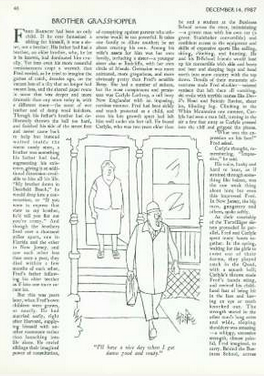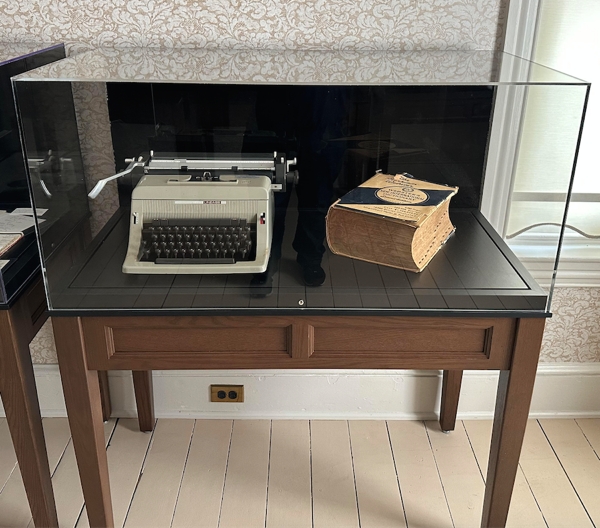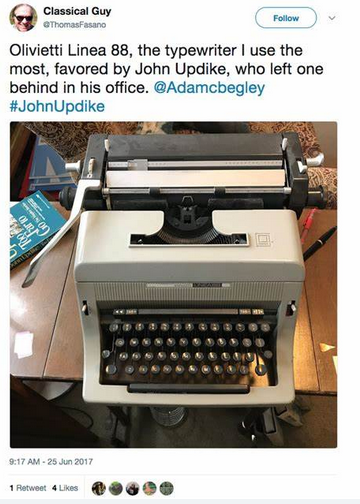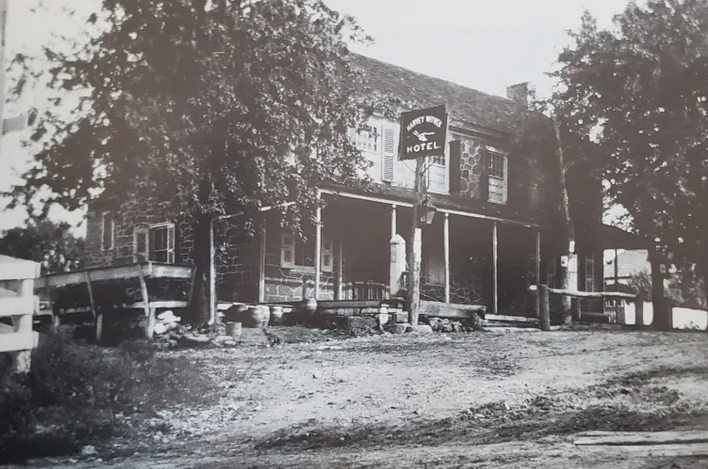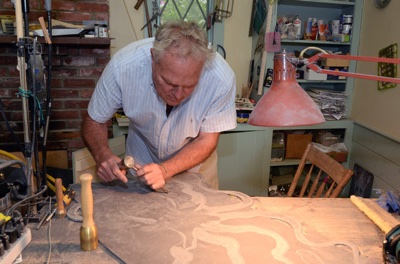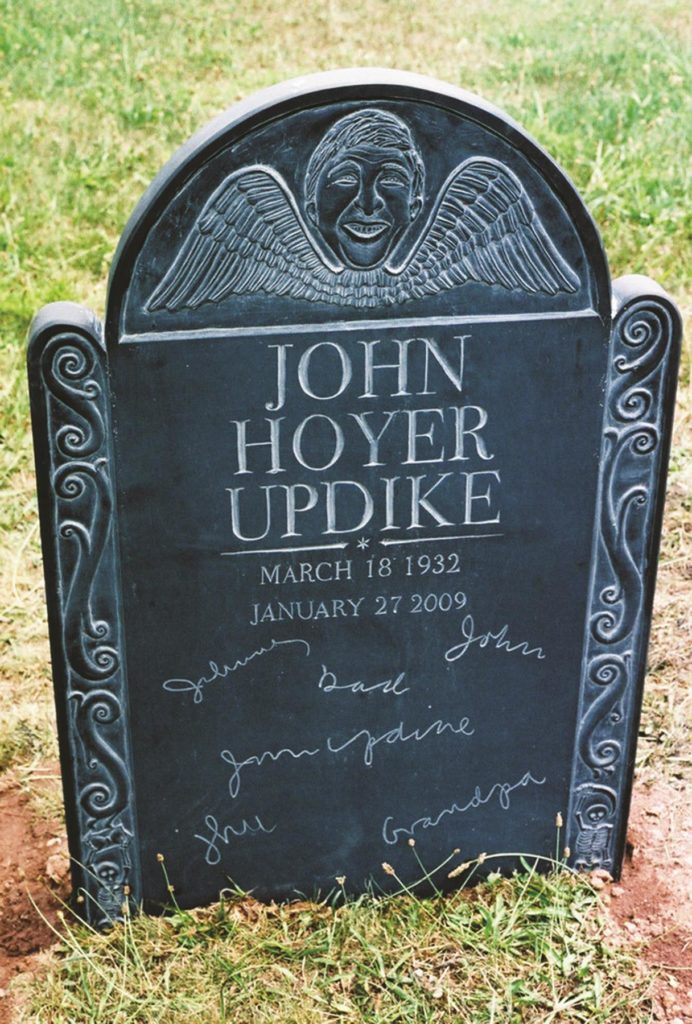If you’re a John Updike fan and an old house fan—this one was built in 1832—and if $850,000 is within your budget, you should know that J. Barret & Co. recently listed the property at 68-70 Essex Road for sale.
The house was known as “Little Violet” when Updike and first-wife Mary lived in the house for 10 months before buying the Polly Dole House on East Street in Ipswich. It was their first residence in Ipswich, where the town commemorated Updike’s presence with a plaque on the side of the Choate Bridge building where he maintained a second-floor office years later. 
As a Local News story points out, Updike turned a marble-floored room at the back of Little Violet into a study where he wrote. The article notes that Updike’s first chore at any house he bought was to make sure the mailbox or mail slot was fully functional and accessible. He wrote a poem about “Planting a Mailbox” first thing after moving into Little Violet.

